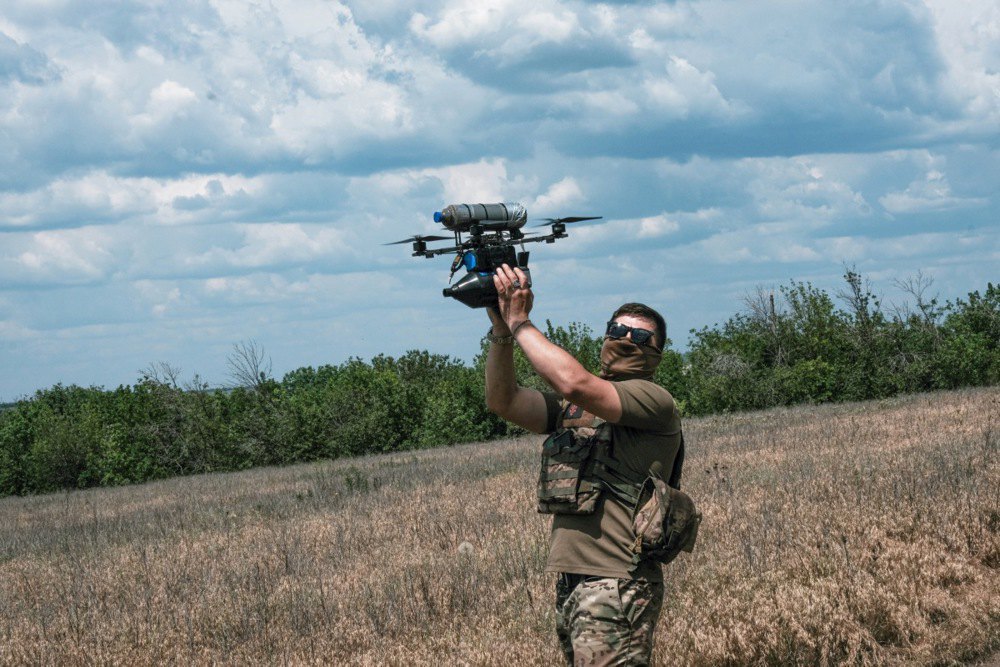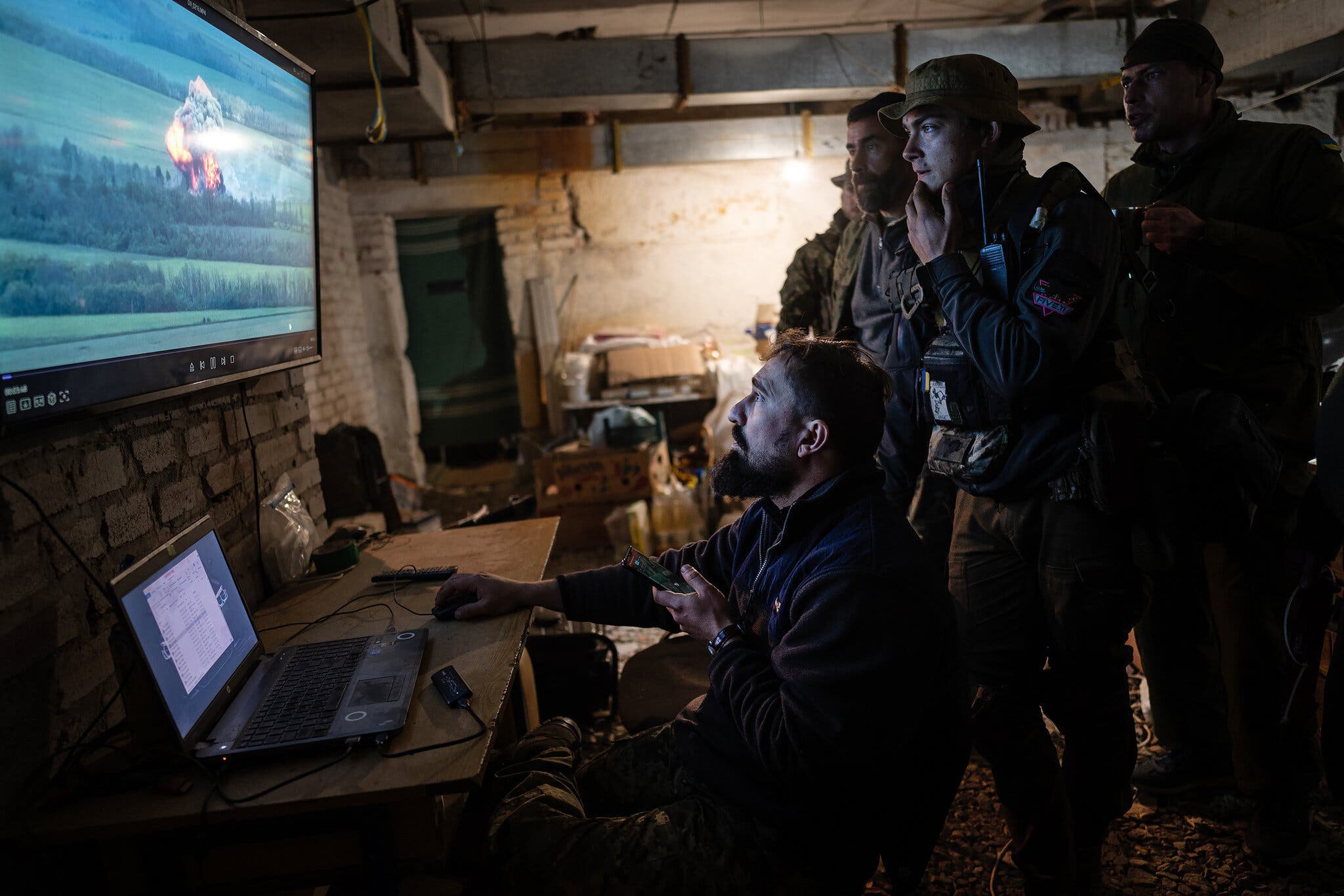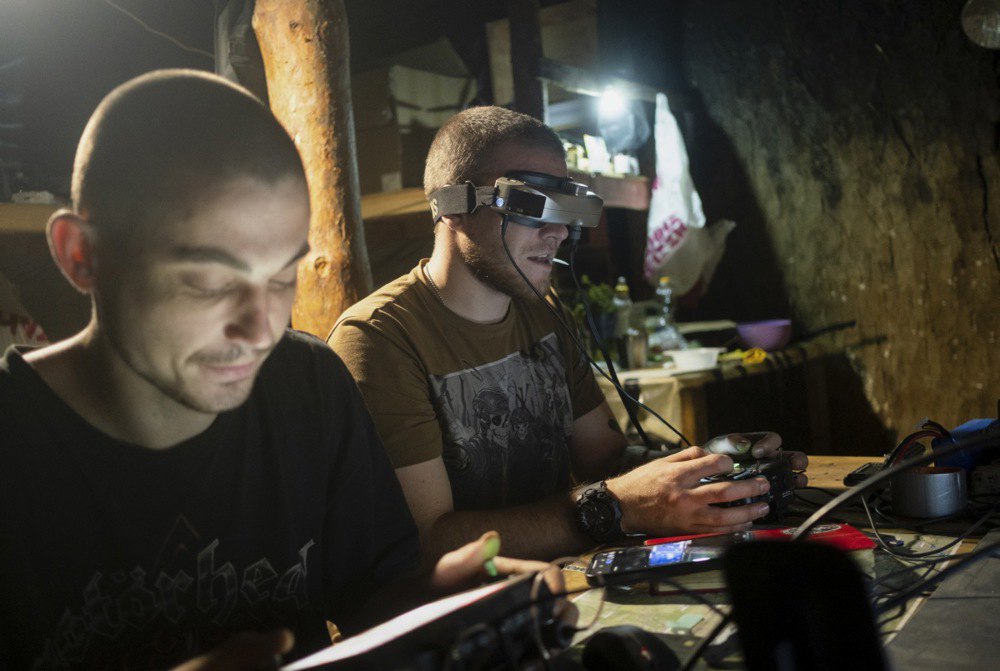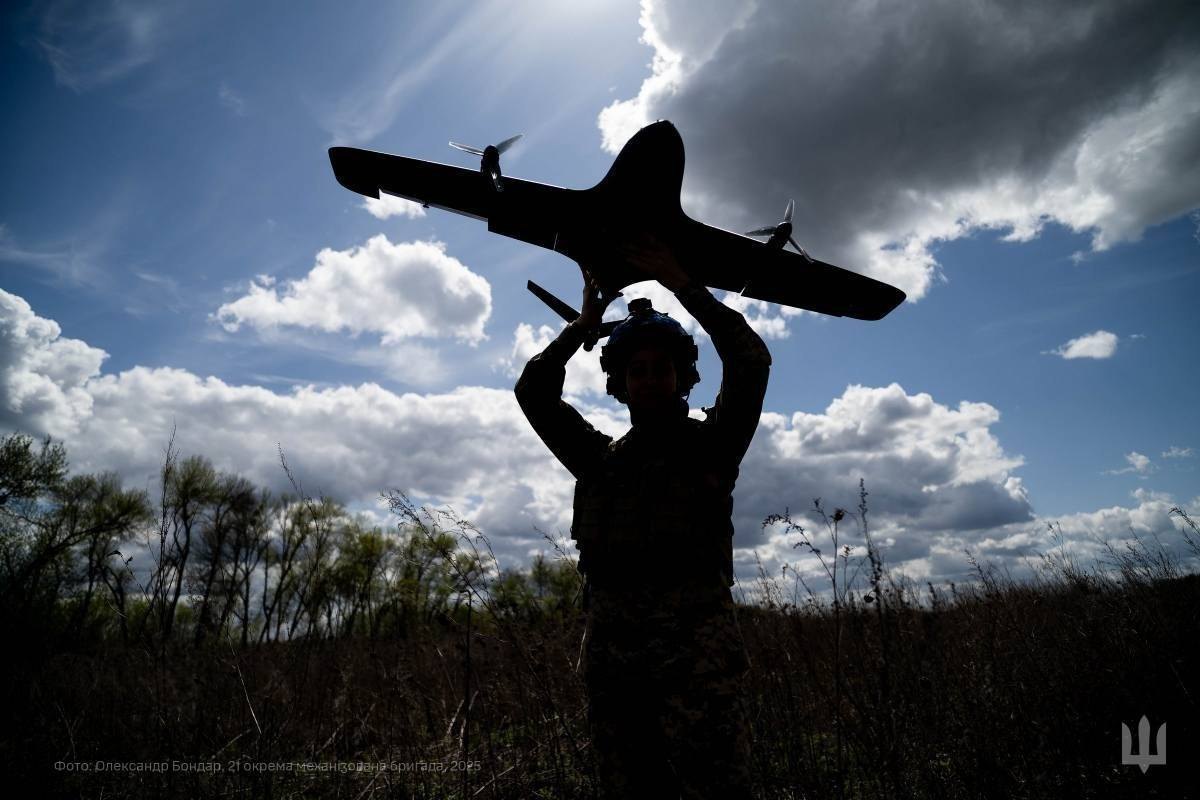
Gaining UAV dominance at low altitudes on the front line has become an almost critical element of modern warfare.
UAVs conduct aerial reconnaissance, correct fire, strike targets, and support ground missions. The side that achieves superiority at low altitudes, i.e. 1,000–2,000 m, controls the battlefield, receives data in real time, maintains high situational awareness, and can respond quickly to threats. Here we are talking about the tactical advantage of UAVs.
The key principles of air superiority for UAVs today may be as follows:
– Mass deployment of UAVs, i.e. creating a quantitative advantage. A side effect is the overload of the enemy’s air defence system and its subsystem designed to counter UAVs;
– Technological superiority: the side that possesses UAVs protected from radio jamming, equipped with high-definition thermal imaging cameras and inertial navigation systems, is more likely to gain a tactical advantage;
– Coordination: integrating the information obtained by UAVs into artillery fire control systems, electronic warfare, and ground units ensures synergy;
– Response speed: the organisation of UAV combat use within units, parts and formations must ensure rapid deployment and launch, guaranteeing their continuous presence in areas of particular interest for an immediate response to changing circumstances.
The proliferation of UAVs in the armed forces undoubtedly influences the redistribution of firepower tasks among different means of destruction. The triad of artillery, aviation and missile forces has been supplemented by engineering troops and flamethrowers, which in the early 2000s were part of the NBC troops. At the beginning of the Joint Forces Operation, the Special Operations Forces took their share, and their contribution has been significant. And now we have UAVs. The discussion about the role, place and scope of fire missions of UAV units continues, and there are even voices saying that UAVs will replace artillery.

I personally disagree with this, because today UAVs have not yet overcome the threshold of all-weather capability and face certain limitations at night and in other conditions of restricted visibility. Drones also remain vulnerable to electronic warfare and cyber attacks. Yet they have undoubtedly transformed the very meaning of the concepts of “target” and “object of destruction.” For example, in the pre-drone era, fire planners divided the enemy’s concentration area according to the firepower of their weapons, ensuring the destruction or suppression of the target. Today, a swarm of drones costing $500–800 each can reduce a cluster of armoured combat vehicles and cars worth hundreds of thousands or even millions of dollars to rubble or scrap in a matter of minutes – regardless of the size of the target and the required degree of firepower.
Drones, primarily fibre-optic ones, have effectively ended the debate about high-precision strikes. An artillery shell can achieve such accuracy in two cases: when it is guided to a highlighted point (the person highlighting must see the target and have a device to mark it) or when it flies to a point with pre-determined coordinates (which must be calculated with great precision). On social media one can see drones flying directly into the windows, doors or hatches of combat vehicles. Accuracy does not get any sharper than that.

How effective are UAVs in delivering fire damage? Former Slovak Armed Forces officer Jakub Jajčaj, in his article, assessed the effectiveness of FPV drones as a strike weapon at 43 per cent. However, if cancelled missions are taken into account, the figure falls to 20–30 per cent. In other words, of 100 drones launched, only 20–30 successfully complete their tasks. Approximately 10 per cent of ammunition fails to detonate, as much of it remains improvised military equipment.
The situation with shells is somewhat different. The effectiveness of fire strikes depends on the quality of intelligence. An enemy group possesses a certain number of targets – carriers of combat potential. Detecting all of them is unrealistic, but one should aim for the maximum possible. The benchmark often cited is 70 per cent of detected targets. In reality, the picture is less impressive. The methodology was tested during the Dozor-86 exercises in Soviet times. Scouts did not call these exercises anything other than “Pozo-86” (Shame-86) because of the poor results of reconnaissance units. In the realities of today’s war, many methods have been revised or abandoned altogether. Once again, reconnaissance UAVs make a significant contribution to identifying enemy groups. But shells still fly day and night, in rain, snow, fog and at any time.
The economics of war dictate priorities in firepower. An average UAV costs $500, a high-quality one $800–1,000. These are one-way costs. If a drone bomber is used and a conventional mortar mine is attached, the price can be kept within $100. The bomber itself, however, carries a price tag with four digits.

It is also necessary to mention the problems of radio channels and navigation. The latter poses difficulties for shells guided by GPS as well. Yet the traditional high-explosive fragmentation shell is free of such shortcomings. Thousands of shells in the airspace do not interfere with each other at any given moment. This is not the case with drones, which are controlled either within the same section of the electromagnetic spectrum or via fibre-optic cables. The birds of Donbas have already adapted to building their nests from these cables – a measure of the scale of their military use. Congestion in shared frequencies leads to mutual jamming, flight incidents and drone crashes. Jakub Jajčaj estimated the number of such incidents at three per cent of total losses.
The electronic warfare units of both sides contribute to the general radio-electronic chaos. At times, it becomes impossible to take to the air for several hours. Several years ago, we proposed to the General Staff that procedures for blue forces tracking should be discussed in order to improve the coordination of our forces and assets using radiation during combat operations – signalmen, artillerymen, artillery reconnaissance and drone operators. They listened with interest, thanked us, and took the presentation. And that was all. Nothing has changed, judging by the feedback from UAV operators working in the field. Jajčaj estimated that 31 per cent of our UAV losses are caused by enemy electronic warfare.
We cannot disregard the role of Defence Forces unit commanders who neglect weather conditions, assessments of the radio-electronic environment, and the capabilities of enemy air defence. The situation is no different on the opposing side. A familiar operator once sent a video showing an enemy S-300 air defence system firing at our reconnaissance UAV worth about $50,000. The cost of a missile for such a system is two million dollars. We are, of course, pleased that the enemy’s air defence is in the hands of people who appear unconcerned with counting their own resources.

NATO countries, by contrast, seem to have rethought the experience of this war and their concept of loitering munitions, moving in this direction. Most have heard of the American Switchblade, many know the Polish Warmate, and some are familiar with our RAM system from Ukrspetsystems. Such weapons provide greater accuracy by day and night, are easier to control, and are more resistant to electronic jamming than FPV drones. They are more expensive, but like FPV drones, their price is falling. Investment in quality virtually guarantees the destruction of the selected target, thereby justifying the higher cost.
Yet we still remain within the paradigm of fighting for air superiority over the tactical zone.








